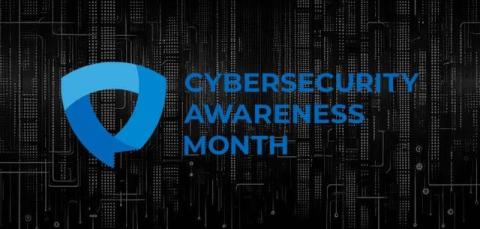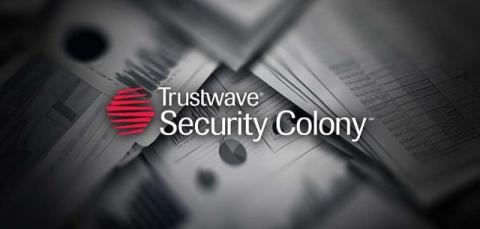Trustwave Adds a Twist to Cybersecurity Awareness Month: More Security!
October 1 marks the start of Cybersecurity Awareness Month and traditionally Trustwave has discussed the general security concepts highlighted by the Cybersecurity and Infrastructure Security Agency (CISA), and National Cybersecurity Alliance (NCSA). However, this year Trustwave will take a slightly different approach. In the same vein that one can never have too much cowbell, Trustwave believes there is no such thing as too many security tips.












